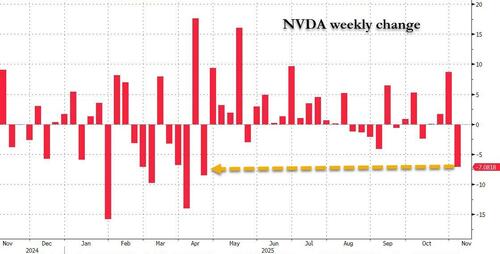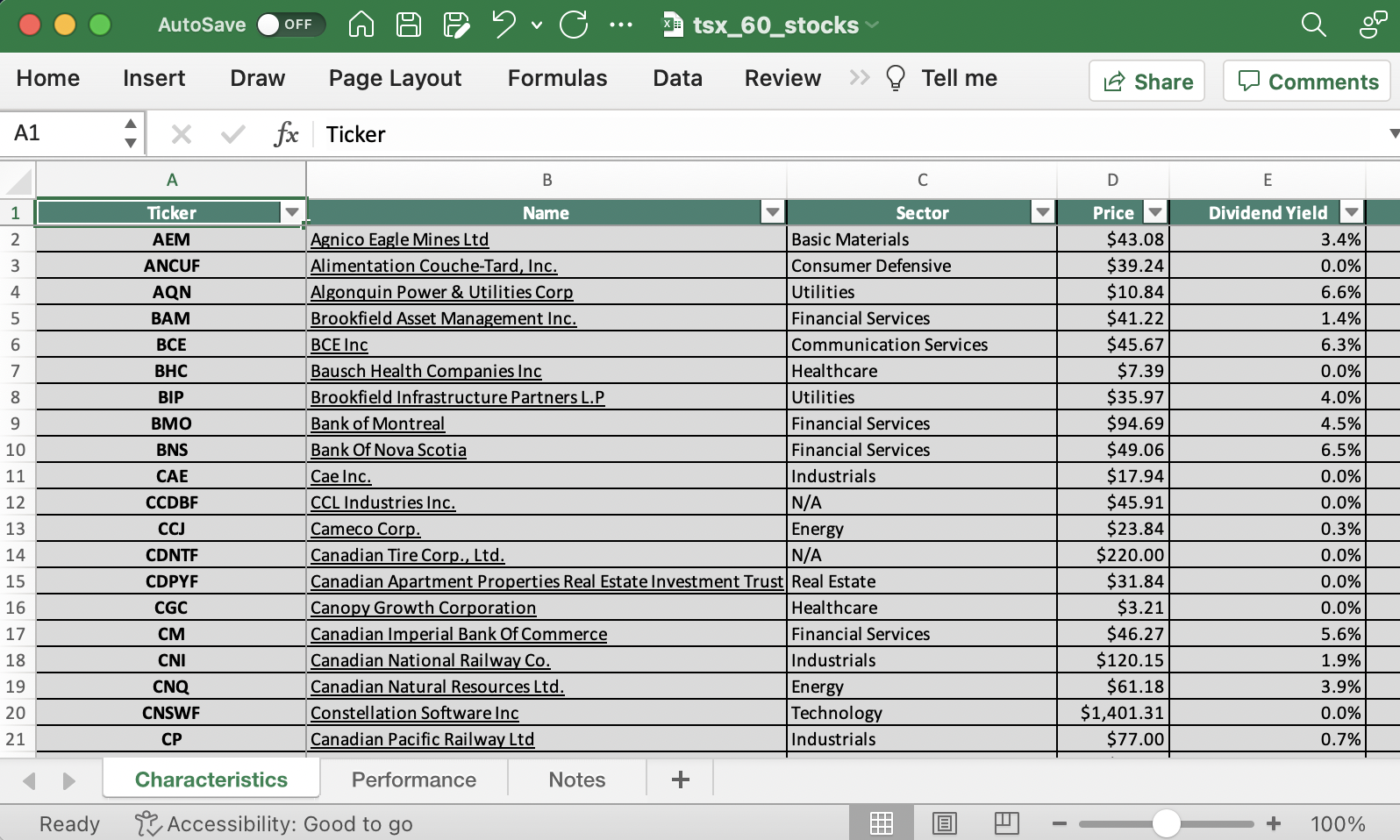By Dr Rodriguez-Fernandez
The pandemic shifted the focus away from other serious health challenges over the last two years – causing considerable disruptions in health screenings and treatment/prevention programmes, as well as a decrease in hospital or clinic visits for routine check-ups, and we are only now starting to feel the ramifications of this.
South Africa already has a high non-communicable diseases (NCDs) burden. NCDs like cardiovascular diseases, cancer, diabetes, respiratory illnesses and mental disorders not only present current challenges but have far-reaching implications and repercussions on the health prognosis of future generations.
In fact, according to research, if the current trajectory continues, South Africa will also be the home of the big 5 NCDs.
And while African health ministers have recently come together to endorse a new strategy to curb a chronic disease crisis, and the global community may be discussing adjusting its approach to global health security, much uncertainty remains for businesses in particular when it comes to tackling these health challenges at the workplace for business resilience.
Almost every aspect of work has changed in some shape or form since the pandemic and there is no doubt that changes at the workplace are set to continue going forward.
At one time, addressing ‘health’ within many organisations tended to focus on avoiding accidents, ensuring a safe working environment, and preventing occupational illness; and while safety standards have certainly increased in many organisations, the modern and future challenge is a vastly different one.
Health policy developments and implementation are constantly being shaped, and the impact of health-related challenges on business continuity can no longer be denied.
Through our observations, we feel that failure to act on NCDs will lead to massive cumulative output losses.
Cardiovascular disease (CVD), diabetes, obesity and other conditions caused by changes in lifestyle, lack of physical activity, and access to unhealthy food, are on the rise.
These diseases kill 41 million people each year, equivalent to 71% of all deaths globally. In fact, CVD is the number 1 cause of death globally. Locally, South Africa has one of the highest levels of overweight and obesity in the world, a contributing factor in heart disease – where it is estimated that CVD is responsible for almost 1 in 6 deaths (17.3%) in South Africa.
Mental health has also taken centre stage.
Wellness is no longer about the absence of disease – it is about having a balanced state of physical and mental harmony.
And just as businesses have been displaying a collective responsibility towards environmental sustainability in recent years, health is increasingly becoming a business responsibility.
This is entwined in the concepts of Duty of Care and the various targets aligned to the Sustainable Development Goals.
According to our Chief Health Officer 2030 survey, 88% of respondents (those responsible for employee health across the world) indicated that they are seeing the health requirements of their organisations continuing to increase in complexity, with just over half (54%) viewing them as increasing a lot. And when asked to select the three specific requirements they say are increasing, the high scores for infection control and health and wellness (11%) no doubt reflect the pandemic’s impact, and mental health support came out in top position with 18%, coinciding with research findings that the mental health impact of the pandemic has been severe and long lasting.
And the business impact is clear! Not only do chronic diseases and NCDs lead to low levels of productivity, but our research indicates that on average 21 days are lost per year due to mental health concerns and employees with a higher BMI (30 or higher) are 61% more likely to miss work time – rising to 118% with at 40 or higher BMI.
Cost and productivity matter – making wellness programmes critical to generate positive ROI for medical and absenteeism related savings as well as a happier and healthier workforce.
When thinking about the future of work, we need to design for a healthier future.
This can be done with an online assessment that helps to determine a workforce’s risks towards some of the most common diseases. It thus helps identify which solutions would make the greatest impact in better taking care of the health needs of organisations’ workforces.
However, ultimately, we need to move into the wellness maturing curve – moving from just a focus on reducing healthcare costs, reducing absenteeism, eliminating accidents and keeping people healthy at work, to focusing on wellbeing as part of an overall social sustainability program, contributing to wellbeing and health of community, families, and citizens.
Focus on these aspects will require a significant increase in investment. In fact, nearly three quarters of Chief Health Officer 2030 respondents believe their organisation’s investment in health will increase over the next 10 years, with nearly half seeing this at a level of 25% or more.
These are significant sums, reinforcing the clear message that serious and long-lasting change is anticipated in the way organisations feel a responsibility towards health and wellness as a strategic investment.
It is clear as we move forward that this awareness of the inter-relationship of health issues is here to stay.
Organisations need to be able to tap into regional health expertise seamlessly, not just to mitigate the impact of a future pandemic, but also to address sustainability issues and the myriad of other factors affecting employee health. To deal with the future they need strategic advice, vision and long-term plans.
Dr Rodriguez-Fernandez is a medical director, health consulting, NCD and wellness programmes at international SOS.
BUSINESS REPORT
















